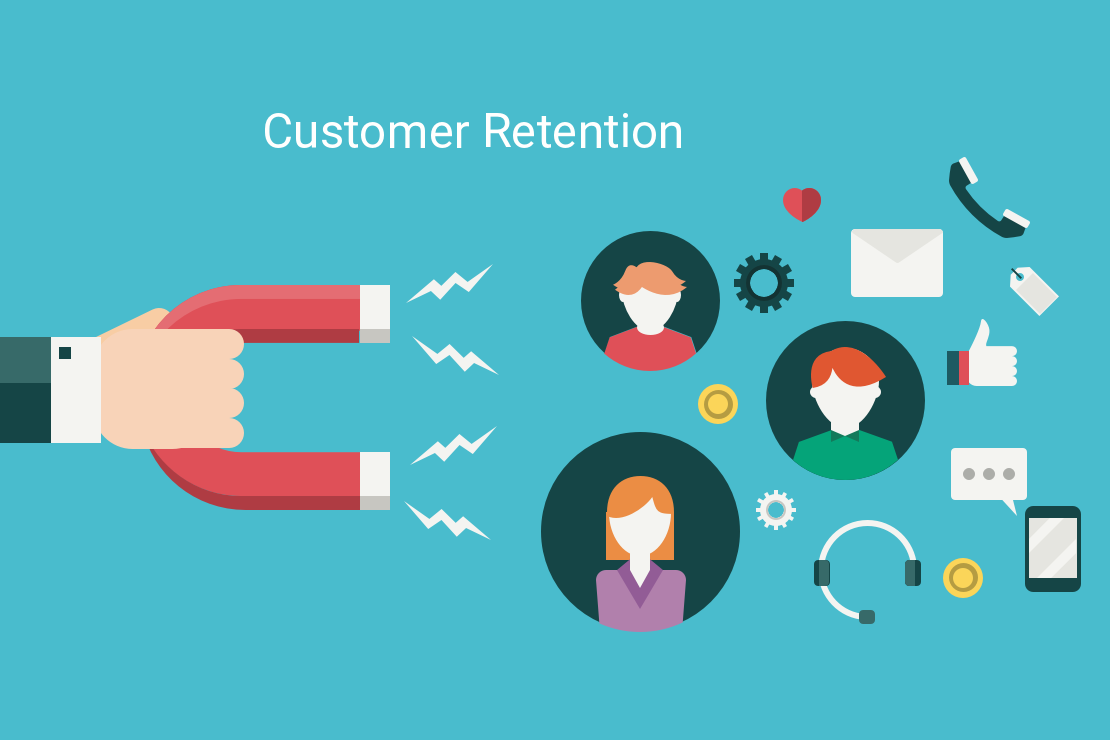1) AI Can Be Used to Predict Customer Intent:-
Your customers may contact you for a multitude of reasons. Some of these reasons are fairly straightforward, others are intricate, yet, rarely are they entirely novel.
With the immense data that you are collecting with every recorded phone call, chat interaction and email, you have a strategic asset that can be used to train machine learning models to understand customer intent within conversations.
Once you understand true customer motivations, you can then use AI to optimise interactions through:
- Smarter routing of your customers
- Presenting potential up-sell and cross-sell suggestions for advisors during customer conversation
Flagging interactions for fraud and compliance risk
2) AI Can Help You to Track Customer Effort:-
Customer effort is one of the leading indicators of loyalty. Analysing customer effort can guide companies in identifying emerging issues before they explode into major issues.
Traditionally, effort has been quantified through structured questions on a survey. However, AI and machine learning techniques, combined with text analytics, can aid in evaluating the level of effort expressed in any piece of unstructured customer feedback.
AI can do this through interpreting word choice and sentence structure, as you can quickly understand which aspects of the customer experience cause friction in any feedback source – not just in surveys.
3) AI Is Best Implemented With the Support of the Entire Team:-
Before you deploy AI, it is worth considering that one of the biggest risk factors in any IT implementation, system upgrade or system change are the human users of that system.
By failing to communicate in an open, honest, transparent way how this technology is going to benefit them, you will meet resistance.
If you simply say, we are rolling out this new robotic-led approach on Monday, your employees will inevitably be negative towards the technology and may even actively sabotage it.
Instead, you need to get people involved in the process. Ensure they can test out the technology in a safe environment and make sure they are comfortable with it, before you even start rolling the technology out.
4) AI Increases in Value With Good Knowledge Management:-
Any AI application will only ever be a good as the knowledge at its disposal. You need to ensure that when a question is answered in the contact centre, that knowledge is captured and delivered into the knowledge management system (KMS), so that customers, bots and advisors can feed off it.
After all, how can AI be used to make decisions when it does not actually know anything? It can learn but it needs relevant data to do that.
This is why it is so important to have processes and procedures in place that enable you to feed accurate data and intelligence into the KMS.
Many businesses are too reliant on their employees as a source of knowledge and therefore run the risk that if people leave the business, they take the knowledge and understanding that they have gained with them.
5) AI Is Driven by Customer and Employee Data:-
Any strategy that uses AI and machine learning should be considered within a broader customer experience AI strategy that considers how data will be leveraged across both the customer and employee journeys.
There are many opportunities to apply AI and machine learning across the customer engagement process.
For example, knowing the right moment to proactively engage with customers online, routing to the best agent based on the desired business outcome and assisting them to accurately handle enquiries – AI and machine learning can help drive all of that.
However, AI applies to more than just customer journeys. It can also help identify why specific agents are better than others at certain contact or customer types, increase the speed and accuracy of workforce planning and scheduling and automate task completion post-contact.






